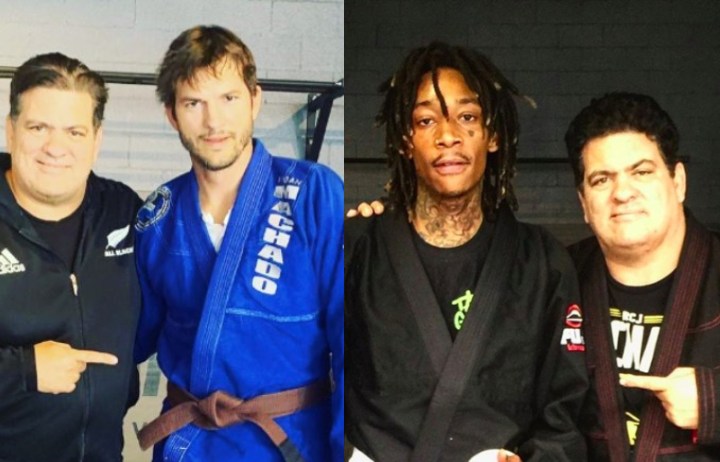Quick question, I haven't seen this specific topic addressed in historic threads. In practice at your dojos or in tournaments, what is the general rule you encounter in sparring regarding "pull back" vs "through" punches & kicks? As an example, would a hook kick that is executed in full (across the face) be allowed, or would the hook kick be required to pull back (heel to side of head, then pulled back to fighting stance)? Same question with a punch or any other technique.
At my dojo and in the tournament circuit we participate in, there isn't a distinction made about this. As a result, there tends to be heavier contact than I am used to in other rulesets. For the longest time I was thinking about this in terms of "people don't have control here" or "wow there's a lot more contact allowed." Now it's occurred to me that the heart of the issue is that there is no distinction made in between how techniques are executed. The official rules call for "touch" to score a point. So my experience is that requiring "touch" while not also requiring "pull back" tends to yield a lot harder knocks.
So my question, is the above common in your experience? Uncommon? Generally accepted, an outlier, etc? Would love to hear feedback. I'm really looking for a baseline to set my own experience against.
At my dojo and in the tournament circuit we participate in, there isn't a distinction made about this. As a result, there tends to be heavier contact than I am used to in other rulesets. For the longest time I was thinking about this in terms of "people don't have control here" or "wow there's a lot more contact allowed." Now it's occurred to me that the heart of the issue is that there is no distinction made in between how techniques are executed. The official rules call for "touch" to score a point. So my experience is that requiring "touch" while not also requiring "pull back" tends to yield a lot harder knocks.
So my question, is the above common in your experience? Uncommon? Generally accepted, an outlier, etc? Would love to hear feedback. I'm really looking for a baseline to set my own experience against.

